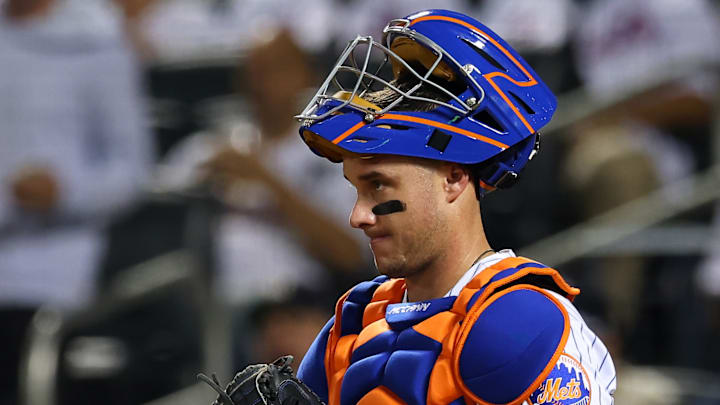
Mets Third Base Depth Chart: Eduardo Escobar, Jeff McNeil, Luis Guillorme, J.D. Davis
We have both familiar and new faces over at third base. Eduardo Escobar is slated to open the season at the position with ESPN listing Jeff McNeil, Luis Guillorme, and J.D. Davis as the next three in line to play the hot corner. I find it a little surprising for Davis to get shafted so low considering he has played the position plenty for the Mets already. Considering the Mets are probably shopping him as soon as the lockout ends, it’s basically a moot point to argue.
Third base has been a peculiar position for the club in the post-David Wright era. Since 2017, Jose Reyes, Todd Frazier, McNeil, and Davis have opened the season at the position. This season, they’re going with Escobar as their answer.
Something the Mets probably won’t find from any of these guys at the position is superb defense. Even Guillorme, as talented as he is up the middle, hasn’t been so exceptional at this spot.
Like the catcher position, third base will be occupied by a placeholder until either Mark Vientos or Brett Baty arrives. Both highly-ranked Mets prospects vying for a major league career within the next year or two at the most, we may want to expect the team to try a few different options at this position. Most likely, the job becomes Escobar’s to eventually lose to one of the kids.
